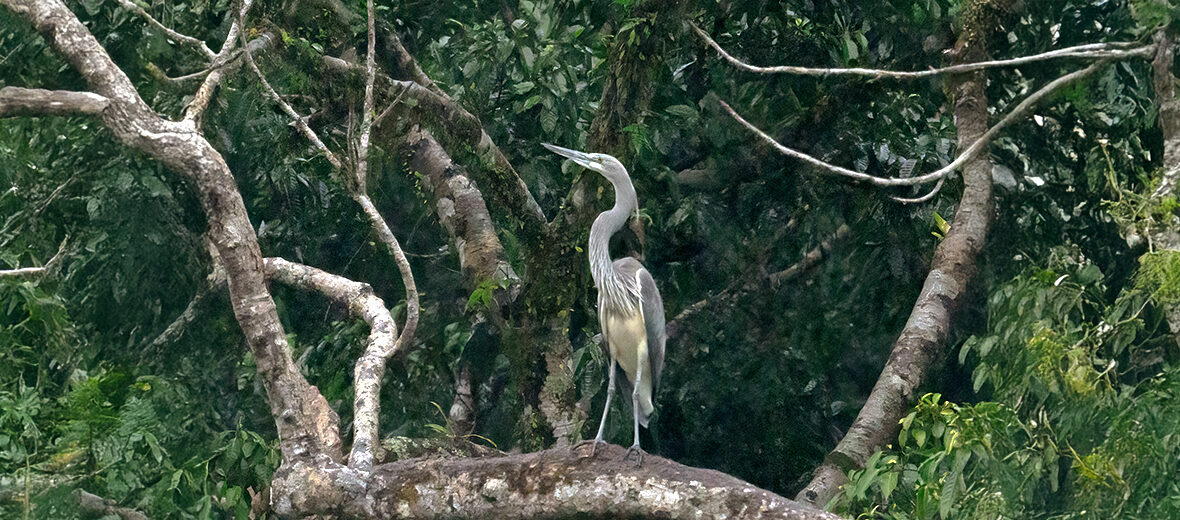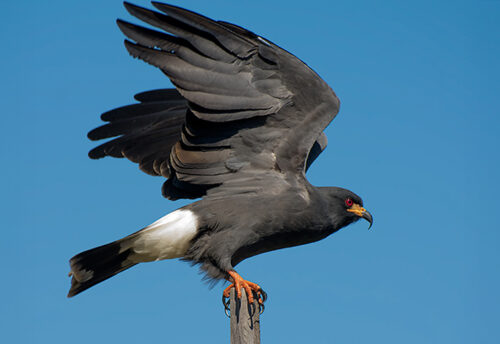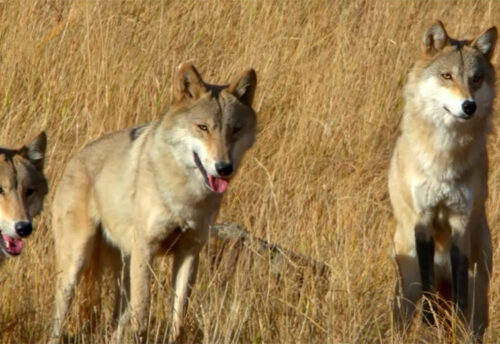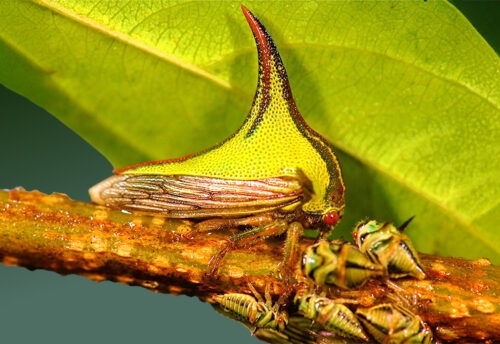
The white-bellied heron, aka great white-bellied heron or imperial heron, is a sizable species of heron that dwells only in the foothills of the eastern Himalayas in northeast India and Bhutan to northern Myanmar. These birds face many threats such as widespread habitat loss and destruction at the hands of commercial and industrial developments, agriculture, logging, and wood pulp plantations; habitat division due to dam construction; renewable energy; hunting; trapping; recreational activities, which interrupt their breeding; water pollution; and land pollution. The IUCN lists these herons as Critically Endangered. Their population trend is listed as decreasing.
First the Stats…
Scientific name: Ardea insignis
Weight: Up to 7.5 lbs.
Length: Up to 50 inches
Wingspan: Up to 84 inches
Lifespan: Up to 20 years
Now on to the Facts!
1.) These are the 2nd largest heron after the Goliath heron.
2.) They prefer to dwell in the wetlands of tropical and subtropical forests, as well as in riparian zones.
3.) When threatened or otherwise disturbed, they produce a deep croaking, “ock ock ock ock urrrrrr” sound.
4.) These birds are diurnal (active during the day).
5.) Adults tend to be solitary roosting birds, while juveniles roost in pairs.
But wait, there’s more on the white-bellied heron!
6.) They feast primarily on carp. But will also eat brown trout and garra fish.
7.) Females lay up to 4 eggs that hatch in up to 35 days.
Did you know…?
There are fewer than 249 wild individuals remaining.
8.) Nesting sites have been negatively impacted due to forest fires.
9.) The white-bellied heron is protected under Schedule 1 of the Wild Life (Protection) Act, 1972 in India.
10.) A juvenile was hatched in captivity for the first time in May 2011 and later released in September 2011 in Bhutan’s Punakha District.
Now a Short White-Bellied Heron Video!
Be sure to share & comment below! Also, check out the Critter Science YouTube channel. Videos added regularly!

Want to suggest a critter for me to write about? Let me know here.
Some source material acquired from: Wikipedia & IUCN
Photo credit: Rajkimar99



